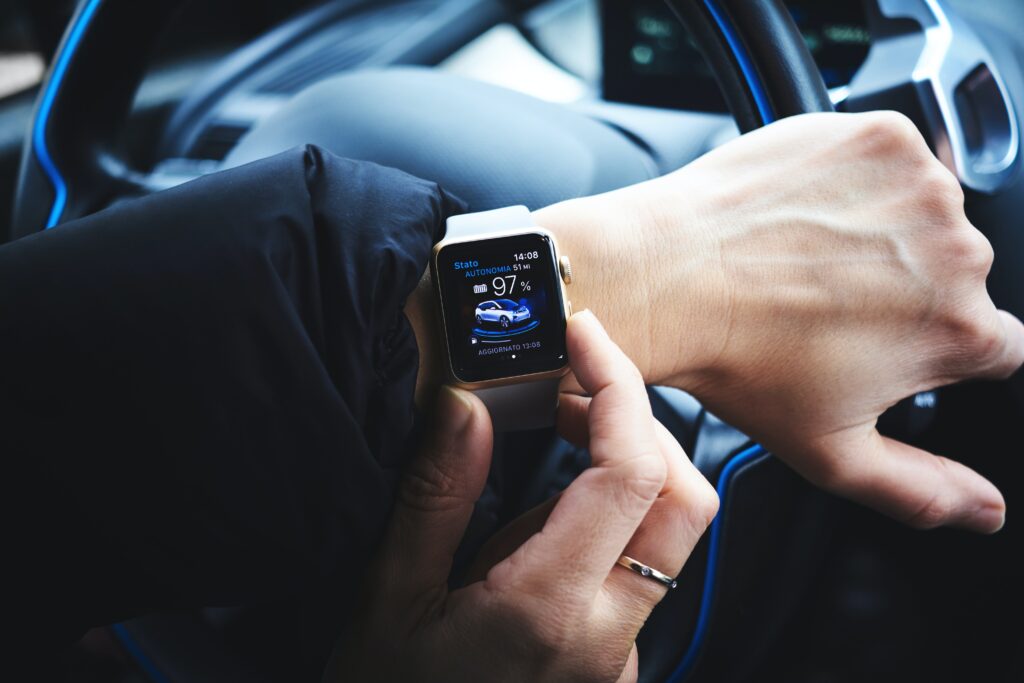Fashion is always evolving, and with the rise of technology, it’s changing faster than ever before. From virtual fashion shows to AI-powered styling tools, we’re seeing a digital revolution in the way we consume and create fashion. As we look to the future of this dynamic industry, there are five key trends that deserve attention from all players in the space. In this blog post, we’ll explore these exciting developments and what they could mean for the future of fashion as we know it!
Introduction to Digital Fashion
Fashion is ever-changing, and what was popular even just a few years ago may no longer be in style. With new styles constantly emerging, it can be difficult to keep up with the latest trends. However, one trend that shows no signs of slowing down is the rise of digital fashion.
Digital fashion is a broad term that encompasses any type of fashion that uses technology in some way. This can include anything from clothes that light up or change color based on sound or movement, to accessories that are controlled by a smartphone app.
Digital fashion is not only about how clothing looks, but also how it functions. While some digital fashion items are purely for show, others actually have practical applications. For example, there are now jackets available that have built-in warming elements, perfect for cold weather!
Wearable Technology and Smart Clothing
Wearable technology and smart clothing are two areas of the fashion industry that are rapidly growing and evolving. There are many different types of wearable technology and smart clothing available on the market today, ranging from fitness trackers to virtual reality headsets. With so many options available, it can be difficult to know which products are right for you.
Here are a few things to keep in mind when shopping for wearable technology and smart clothing:
-Functionality: What do you hope to use your wearable technology or smart clothing for? If you’re looking for a fitness tracker, make sure it has features that will help you meet your fitness goals. If you’re interested in virtual reality, look for a headset that is compatible with your smartphone or gaming console.
-Style: Just because something is functional doesn’t mean it can’t also be stylish! There are many fashionable options available when it comes to wearable technology and smart clothing. Find a product that fits your personal style.
-Budget: Like anything else, wearable technology and smart clothing come in a wide range of prices. Set a budget before you start shopping so you know how much you’re willing to spend.
Augmented Reality in the Fashion Industry
The fashion industry is always looking for new ways to engage consumers and Augmented Reality (AR) is one of the most promising digital technologies in this regard. AR allows users to view digital content in the real world, creating a more immersive experience that can be used to promote products and brands.
There are already a number of examples of AR being used in the fashion industry. One of the most successful has been Sephora’s Virtual Artist app, which allows users to try on makeup without having to physically visit a store. This not only saves time and money, but also allows Sephora to collect valuable data about consumer preferences.
Other retailers are beginning to experiment with AR as well. Ikea’s Place app lets shoppers see how furniture would look in their home before making a purchase, while Topshop’s virtual catwalk lets customers see how runway looks translate into real-world outfits. As these examples show, AR has great potential to revolutionize the way we shop for fashion.
Personalization in the Digital Age
In the age of digital media, personalization is more important than ever before. Consumers are increasingly looking for ways to stand out from the crowd, and brands are responding with more personalized products and services.
Digital technology has made it easier than ever to create custom products and services. Brands can now use data to better understand individual consumer needs and preferences, and then tailor their offerings accordingly.
This trend is only going to continue in the future, as brands become even better at using data to personalize their products and services. Consumers will benefit from getting exactly what they want, when they want it, and brands will benefit from increased sales and loyalty.
Sustainable and Circular Fashion Systems
In a rapidly digitizing world, fashion is one of the last remaining industries to make a fully digital transformation. Along with this shift comes a new era of opportunities for those willing to embrace innovative technology and sustainability initiatives. Here are three digital trends shaping the future of fashion:
1. Sustainable and Circular Fashion Systems
2. Personalization and Customization
3. The Rise of Social Commerce
Conclusion
From virtual design to 3D printing and augmented reality, the future of fashion looks brighter than ever. With increased collaboration between the fashion and technology worlds, we are seeing a burst of innovation that is transforming all aspects of fashion. So keep your eyes peeled for these digital trends as they continue to shape how we shop, dress, and even think about style in the years ahead. Fashion has never been more fun or inspiring; it’s an exciting time to be part of this industry!

